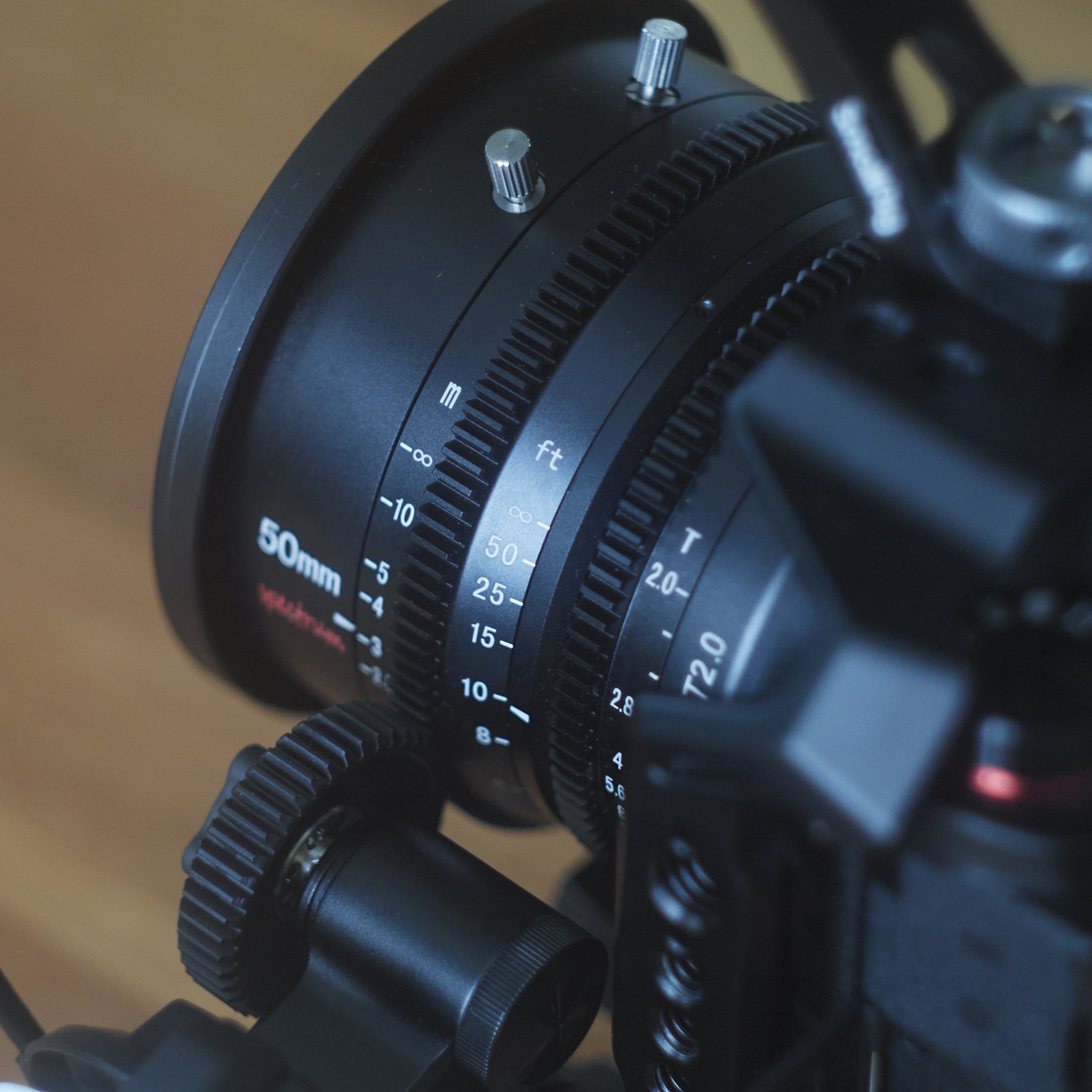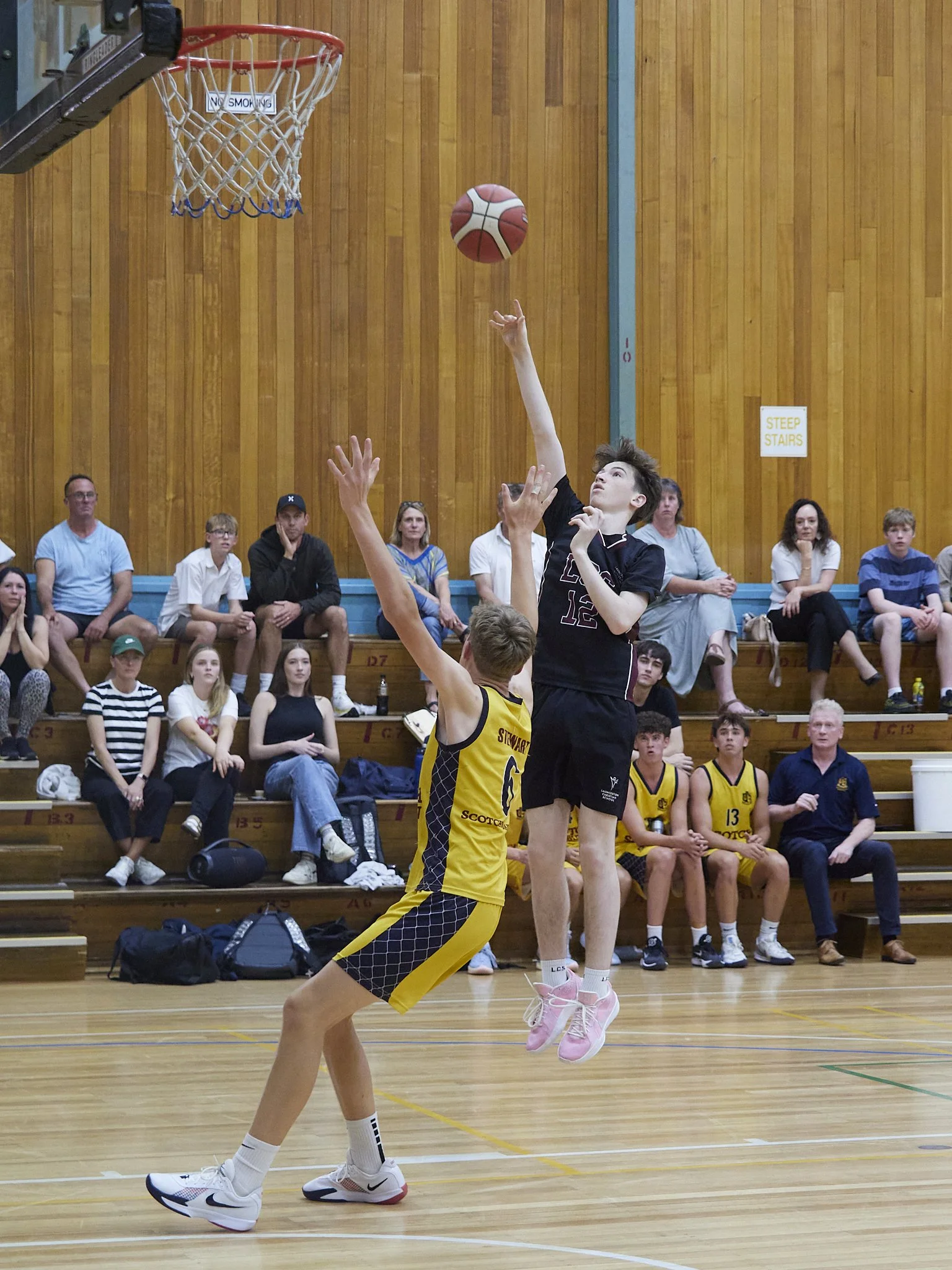My commitment to M43 for stills is known. I have full frame but rarely see the need or have the desire to shoot with it.
I get what I need with M43, I get what I know I will want to get and can visualise the process of getting there. Full frame, even thought it was my main format for the bulk of my photographic life (about 70% up to now), never feels as safe, unless ISO ridiculous is required.
In video, I muddied the waters with my full frame purchases over the last couple of years. I worried for a while that it may herald the beginning of the end for M43 in both formats, but far from it. Full frame has given me the peace of mind that the larger format offers when dealing with very low light video (if I use a fast lens), but that is really it.
Remember, Hollywood still uses S35 formats often, some very expensive cameras and lenses are dedicated to it and S35 is APS-c or M43 adjacent, not full frame.
I fleshed out my full frame kit easily and reasonably logically and my M43 video kit was relegated to a support role (2 excellent but limited G9 mk1’s). I toyed with a lot of pathways before and after the full frame purchases, but with little idea of how much video would accelerate in a short time and the release of the thing of amazement that is the G9.II, a camera that did make me regret slightly my full frame divergence.
The Hope lenses helped me flesh out my M43 lens kit, not so much because I needed to, but they excite me more than the Nightwalker or Vision series of lenses (I have one of each) and that is sometimes enough.
So, now I have a huge selection of M43 stills lenses and a decent set of video glass, but realistically only one camera to use them on. The G9.1’s are good as fillers, but shooting them alongside the G9.II means holding that camera back to match them.
Part of me wants to stay on the pointy end of the M43 format to support it, but the reality is, if it wa abandoned tomorrow, I would simple spend big on clearance gear and have enough to see it/me out. Thoughts of moving to full frame leave me cold, but if it has to happen and I am still in this game in 10 years or so, then it will likely be the way.
I have a decent tax return pending thanks to paying top tier tax at the beginning of the financial year, then dropping hours and eventually leaving that job. I do need a new computer (a desktop for video processing, because Resolve gets crowded on a 13” laptop).
Options*.
Get over the added cost of two cheap Hope lenses I cannot use at the same time together and move on (but of course I can, just with a G9.1 or Oly cam).
Upgrade one of the G9.1’s to V-log-L with the key (about $100au), which also gives me waveforms I think and maybe some other stuff. I use Flat mode on the other bodies, but Cine-D or HLG on the G9’s, or even Natural or Standard with reduced contrast blend in well enough. It would be used in controlled conditions, not run-n-run.
It is easy to ignore this camera, but the reality is, before the G9.II, it was as relevant as most other Panasonic cameras offering 10bit/422/4k with a few limitations of codec and 30 mins recording time. As the “C” or even “D”: cams of my kit, that is a decent trade off.
Upgrade the G9.1 (any cam) with a Black Magic 12g video assist 5”. This would add B-Raw (which would mean getting a several TB of storage and clients that care), give me a Resolve Studio upgrade, allow me to upgrade any of my cams from the EM1x’s to the S5’s to this work flow and an excellent monitor. Several of these over time would give me no less than 8 cams available with BRaw.
The only real issue is I cannt get implicit confirmation that the BMVA will work with the unlisted G9.1. I don’t want to get one then find it only fits the cams that do not need it.
Buy an older M43 camera that is more video capable than the G9.1’s, like a GH6 (cheaper than G9.II and most of the GH7 features except AF), GH5.II with video streaming, All-i and unlimited recording, a GH5s for low light, or a dated BMPCC 4k, for the BMVA benefits in one cam, but with that “cinematic” look.
Get a GH7, which although tempting, is overkill for me. The internal ProRes Raw eats up 1 TB of memory in little time (about 20 mins), the XF card thing is annoying and much of the reason I avoided a GH6. SSD’s fix it but they also work on G9.II’s.
Most of the GH7’s real world features are covered by the other cams. AF/stabe (G9.II/S5.II)), low light (S5’s or super fast M43 glass) or fan cooling (S5.II), so yes a clean slate and plenty of hind sight would have likely ended with a GH7 and G9.II backup, but we are where we are.
Another G9.II. Enough, more than really and about $1000au cheaper than when I bought my first one. This also has the benefit of being a stills upgrade, my backdoor relevance saver.
Scenarios;
Multi camera, multi angle recording. Use a mix of M43 and full frame cameras with either cine or stills lenses. The G9.II may very well be the primary camera.
Multi camera interviews with only one format (controlled light). Use either full frame or M43 with the lesser cam as the “B” cam (G9.1 or S5).
Run-n-gun. Use one cam, probably G9.II or S5.II.
Hypothetical making of a movie, but with n extra budget. S5’s and G9.II mixed as needed, lenses drawn from cine kit.
Hybrid video on the go, using my stills kit. G9.1 with stills lens or the Sirui.
A lift from quick test roll using the G9.1 with the Hope 50. Highlights lost, but I was not worried so much about that at the time. Standard-as is, idynamic set on Standard, 422/10bit/1080p. I guess you can either live with the blown highlight (which looked right to my eye-blown that is), modify them or expose for them, which I did not do.
Ok, it is a known thing that RAW or LOG video can save your highlights at the expense of shadow noise or pushed ISO exposure levels. Standard profiles, including Flat or LOG-like profiles tend to have better noise control, can have other effects added like idynamic and be flattened in contrast as well to aide with recovery.
Below is an underexposed file, bought back up.
Lovely, and it handles well.
The G9.1 still has some of the best stabilising around, especially the static mode. The 50mm is literally a handful, my limit I feel, but doable and after watching series three of Breeders last night, the “almost still” hand held look is about the same. The Hope 25mm was a no-brainer, the 50mm a more considered risk, but I am glad for it. The 35 felt safer, but to be honest, not powerful enough. There is also still room for the blazingly sharp and quite stable Vision 35 T1.05.
Shot as seen with Standard profile, -5 contrast and idynamic on high, this file still defied shadow lifting, but is this how I would work? I have seen this style from Arri cams by choice, so if it fits……..
With only the back of a 10” white balance checker panel for bounce of the window light this can be lifted and would be. We put a lot of stock in “worst case scenarios”, then pore over videos of how to avoid them. Basically, just avoid them. This is also without resorting to Cine-D, HLG, curves or the flatter Natural profile. (the tighter crop is due to the panel left of frame).
In a controlled space, in the scenarios I would be using it, the G9, allowing for highlight and white balance control, which are key, can produce more than adequate second or even primary camera footage.
At this point, I am happy to play the “wait and see” game. I might look at second hand GH5 and 6’s etc just to see, but otherwise my $800 investment in some stable cine glass is, at this point not wasted, just slightly unbalanced until I settle my processes.
*I am not interested in crazy high resolutions or dynamic range off the charts or unlimited recording, although I have several cameras that already offer that. Even 4k is often over kill for my needs. The new lenses are MF, so nothing lost there, I just need matching, controlled light 1080/10 bit/422 base line quality in a “B” cam that takes M43 lenses in case I want to use the two Hope’s at the same time.


























































































































































